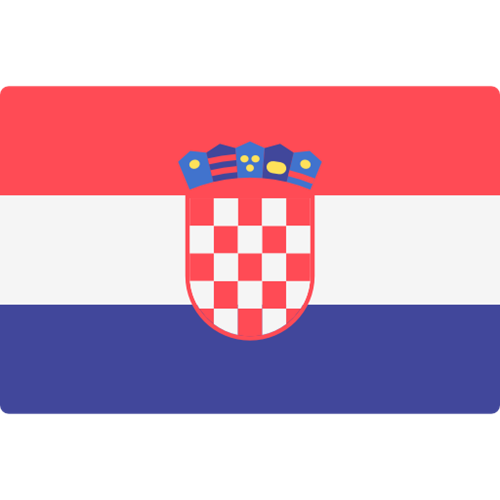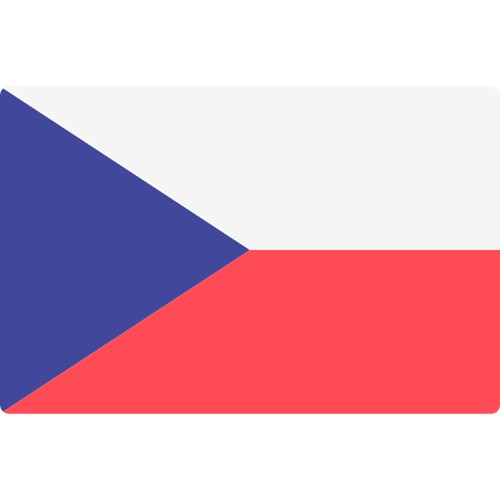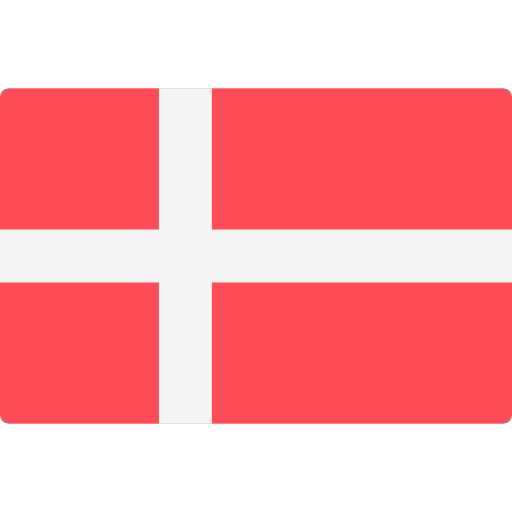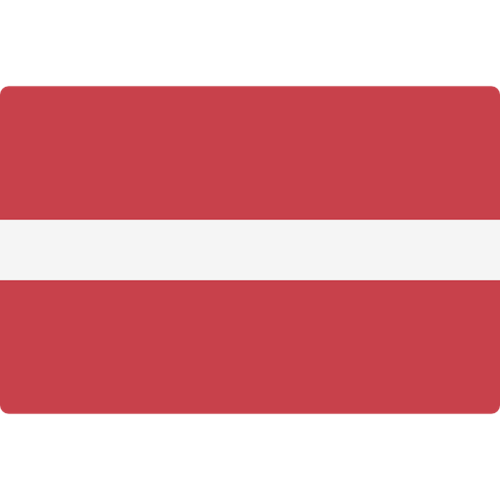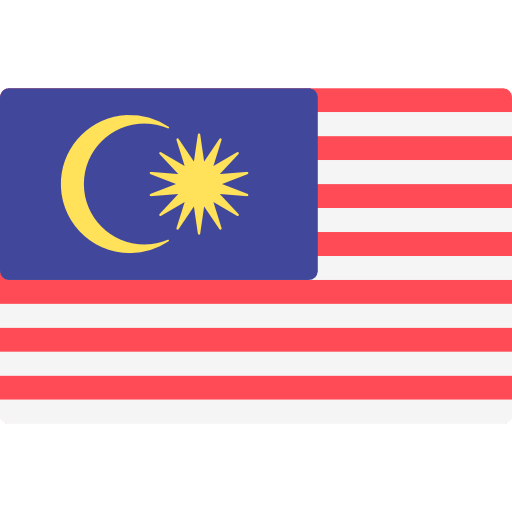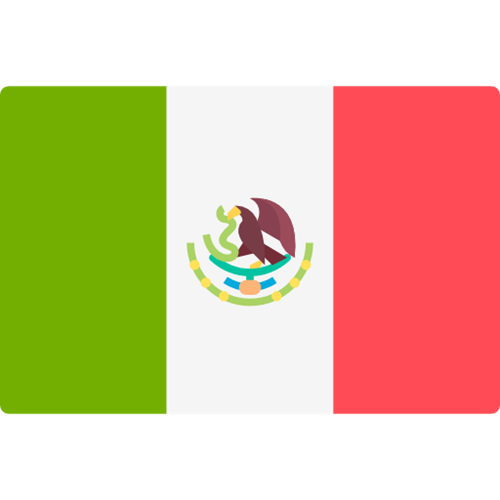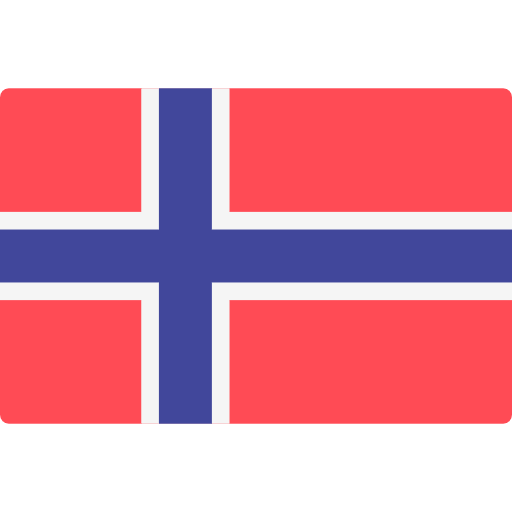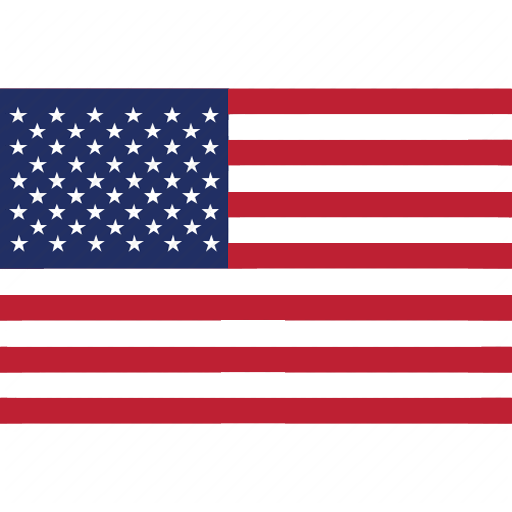Higg Facility Environmental Module (Higg FEM)


Striving for continuous improvement in environmental and sustainable performance is critical for ensuring the longevity of the apparel industry.
As an approved Higg Facility Environmental Module (FEM) Verifier Body, Verifiers in the Eurofins Assurance network of companies can conduct on-site and offsite Higg FEM Verification globally to validate and confirm the information submitted by facilities. Facilities can then share their results with brands and retailers in the supply chain to demonstrate their achievement in environmental performance.
An apparel, footwear, and textile industry that does no undue environmental harm and has a beneficial impact on its stakeholders is the core vision of the Cascale, formerly Sustainable Apparel Coalition (SAC).
With that vision in mind, Cascale developed the Higg Facility Environmental Module (Higg FEM) to offer insights for manufacturers, brands, and retailers on the environmental performance of their individual facilities, empowering them to scale their sustainability improvements.
Higg FEM Version 4.0 (For Higg FEM 2025)
The Higg FEM 2025 has been launched since November 2025. All facilities are required to report their 2025 performance under this new cadence.
Key updates that you should be aware of in Higg FEM 2025
- Verification Scope
- The verification scope remains to cover all Level 1 questions.
- Cadence Changes
- Posting the self-assessment by 30 April is now recommended rather than mandatory. Facilities can post their Higg FEM self-assessments throughout the year, and they are only able to un-post and re-post their module within 60 days of the initial posting. Verification must be closed by 31 December 2026.
- Emission Factor Changes
- The Grid Emission Factors is updated based on the IEA Annual Grid Emission Factor updating cycle.
- New Facility Type Split for Finished Product Processing Category
- New facility types:
- Finished Product Processing (Product Printing, Product Painting, Embroidery & Embellishments, Buffing & Polishing, Moulding etc.)
- Finished Product Processing (Product Dyeing, Product Laundering and Product Finishing)
- Original:
- Finished Product Processing (Product Printing, Product Painting, Product Dyeing, Product Laundering and Product Finishing, Embroidery & Embellishments)
- New facility types:
- Improved Person-Day Guidance for Conducting Verifications
- The Verification Person Day Guidance is updated to include specific scenarios where a minimum number of person days is required for Verification (e.g. where two person days are required).
- Verifier Bodies need to provide itemised information and costs regarding certain Verification aspects (e.g. number of person days, cost for travel disbursements, etc.) for all Higg FEM Verification proposals or quotations.
- Time Ordinance Categorization Update
- The “time ordinance” categorization is simplified for some questions.
Benefits of employing Higg FEM include:
- Measure and quantify the sustainability impacts of a facility
- Reduce redundancy in measuring and reporting sustainability performance
- Drive business value through reducing risk and uncovering efficiencies
- Create a common means and language to communicate sustainability to stakeholders
Higg FEM Verification provides facilities with a clearer understanding of their environmental impact, enabling them to identify and prioritise opportunities for improved performance.
Higg FEM Version 4.0 Facilities are evaluated for environmental performance in seven aspects:
- Environmental Management Systems
- Energy Use and Greenhouse Gas Emissions
- Water Use
- Wastewater
- Emissions to Air (If Applicable)
- Waste Management
- Chemical Management
Such verification is required only once annually, removing excessive administrative work for the facilities.




© Eurofins Assurance 2025 Personal data protection policy










